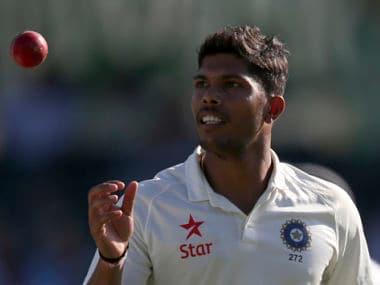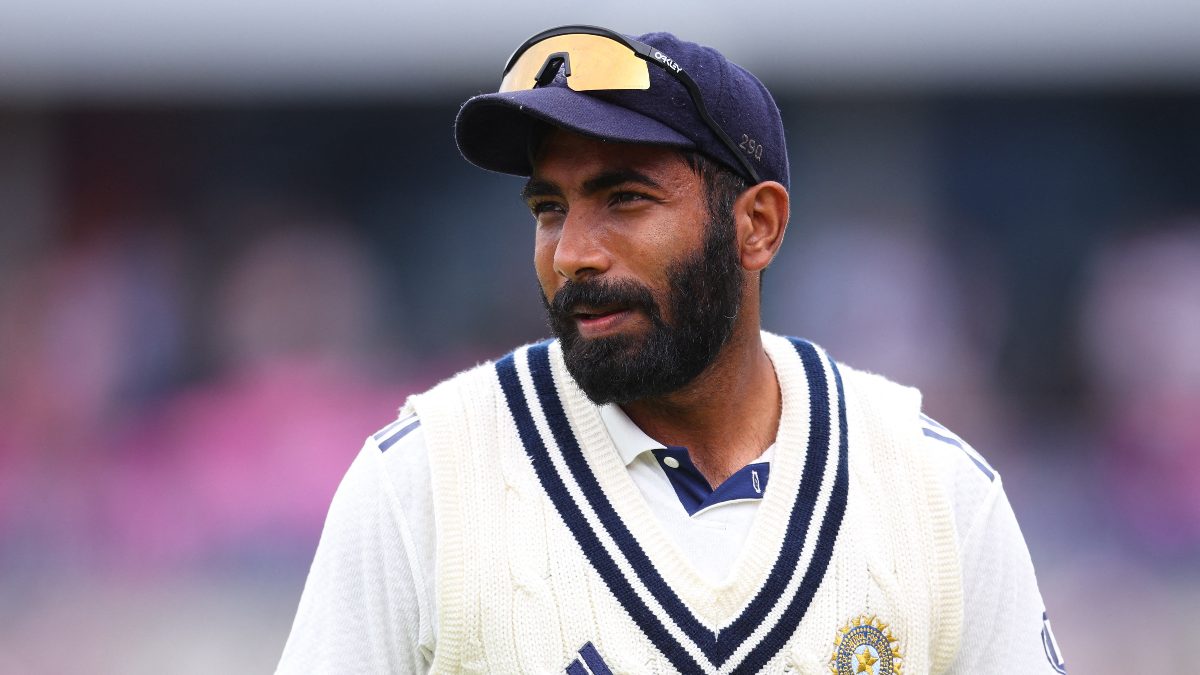Test cricket is about many things. It is a game that has thrown up endless scenarios. It is why 138 years after the first Test the game is still played over several days with two innings a side. Even with the fast pace of modern life where instant gratification and the dumbing down of entertainment are the norm, Test cricket still clings on. There are times when it looks like it will die, in fact its death has been predicted for almost as long as it has existed. Still, it clings on like a girlfriend that won’t take your hint about ending things. Of all those things that constitute Test cricket, far and away the most important is patience. The game lasts a long time. One that goes the full distance will involve somewhere in the region of 35 hours of play. When people bang on about declarations and increasing scoring rates they forget that there is almost always loads of time. Usually it is batsmen that are credited with biding their time, but sticking to the task is just as vital as a bowler. Speaking during the Test series in South Africa last year Australian spinner Nathan Lyon pointed this out. He said: “Test match cricket is all about patience, it’s a real mental game, and if we can outlast the opposition hopefully things go our way.” [caption id=“attachment_2040145” align=“alignleft” width=“380”]  Umesh Yadav now owns Test cricket’s most expensive record. AP[/caption] Again, in this series against India the Australian bowlers have done just that. At Adelaide a generous declaration had given India a real chance of victory. At tea they were 202 for two, needing another 162 runs with eight wickets in hand. The draw was the most likely result, an Indian win a close second. Instead India were bowled out for 315 and went 1-0 down in the series. Australia could have let their heads drop. They could have got frustrated by their lack of wickets on a last day pitch. Instead they stayed patient. They had 90 overs to bowl India out. They had 540 balls, and all they needed was 10 wicket taking ones. They had plans and they stuck to them. Until those plans didn’t work. Then they changed them, but when they did they were patient with the new one. In the final Test of this series at Sydney, India needed 349 runs to win, Australia needed ten wickets. Thanks to some resolute batting from Vijay, Kohli and Rahane the draw was secured, but the Australian bowlers again stuck to their task. Given another 10 overs they could well have won the match. Compare that with India in this series. All too often their bowlers have released any pressure with all the subtlety of a cave man carrying out prehistoric trepanning. The only bowler in the whole series that has given his captain any sort of control is Ravichandran Ashwin, but he has found wicket taking hard work. Of the eight front line bowlers that India have used in this series five of them have conceded runs at more than four an over, and only Mohammed Shami is averaging less than 45 with the ball. Far and away the most profligate has been Varun Aaron, who has been going at almost a run a ball, but the spell that was the most frustrating was the three overs that Umesh Yadav bowled in the second innings of the final Test. As Australia were looking to set up a declaration the Indians needed to take wickets, and if that didn’t work they needed to keep the run rate down to take as much time out of the game as possible. Instead he just kept feeding the Smith Hook shot, bowling both sides of the wicket and failing to find any consistency. He conceded 45 runs in just 18 deliveries. Many will blame the IPL for the Test match failures of this side, but that is to miss the heart of the matter. In an excellent piece for ESPNCricinfo, Jarrod Kimber pointed out that the real issue is that Indian players just don’t get to take part in first class cricket outside Test matches. When they play warm up games they are low intensity affairs that don’t have any official status and, like a school sports day, everyone gets a go. As Kimber says; “They’re learning as they go in front of a billion angry fans, on unhelpful surfaces, without bowlers who can keep pressure [or] batsmen who score regularly overseas.” The biggest difference between what Australia have done in this series and what India have failed to do is be patience. A plan might work straight away, it might be two sessions before you see a return. Instead, after a few overs of something that has the potential to work India shift their approach to something that is less likely to succeed. The way the tourists have tried to bounce out Brad Haddin is this writ large. You could watch them playing the wicketkeeper back into form. Discipline and patience went out the window as there was no consistent line, length or side of the wicket to which the Indians were bowling. That is not to say that you stick with something that isn’t working, but that is something that you have to have a feel for. The best captains and the best bowlers at Test level can sense when it is time to change it up, and that knowledge tends to come from experience of different situations in multi day cricket. Where in most countries a player arrives at Test level with a wealth of first class experience, that just isn’t the case in India any more. And once a cricketer becomes part of the travelling circus that is the Indian team the chances of him playing a first class game is remote. As the international commitments of every nation get ever more crowded this is becoming the norm, but no team is as busy as Team India. 24 year old Mohammed Shami has played 18 games of first class cricket that weren’t Test matches. Josh Hazlewood is the same age and his played almost twice as many games of domestic first class cricket. Bhuvneswar Kumar has not played a game of domestic first class cricket since his Test debut almost two years ago. These Indian bowlers are not without talent, the issue is one of mind set and experience. They need to be playing first class cricket when they are available. They need to be taking part in competitive warm up matches where success or failure mean something. Above all, they need to be patient. When things aren’t going their way they need to hang in there, keep it tight and wait for a mistake.
Of all those things that constitute Test cricket, far and away the most important is patience.
Advertisement
End of Article


)

)
)
)
)
)
)
)
)



